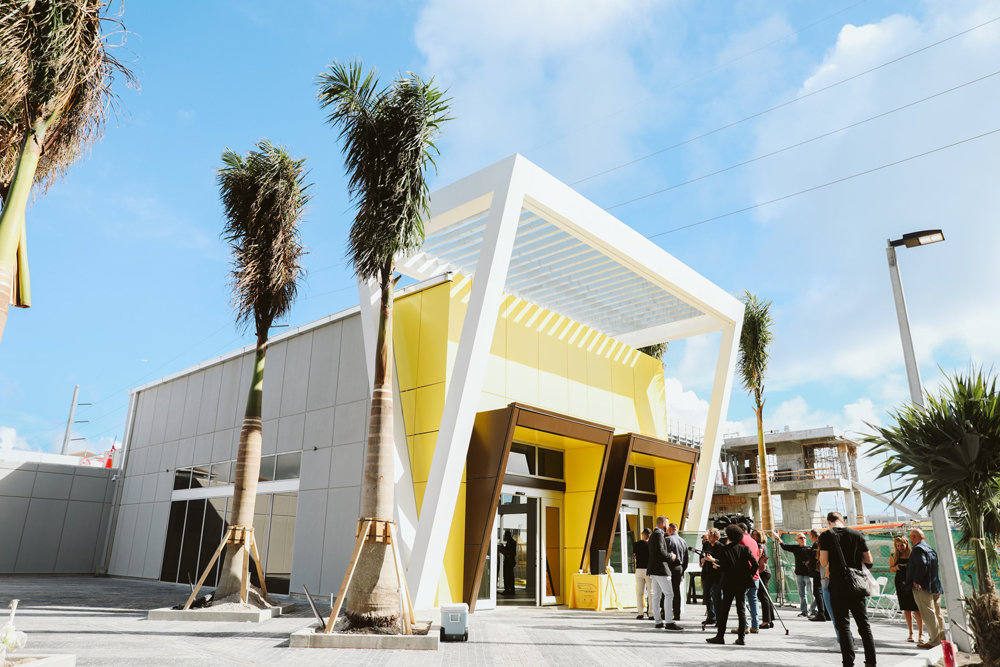 MONTREAL — Canadian National is closely watching autonomous truck developments but says the long hauls of its intermodal network should help protect the railway from much of the competitive challenge posed by lower-cost driverless trucks.
MONTREAL — Canadian National is closely watching autonomous truck developments but says the long hauls of its intermodal network should help protect the railway from much of the competitive challenge posed by lower-cost driverless trucks.
“We’re blessed with a long length of haul,” Chief Financial Officer Ghislain Houle says, noting that the typical international container rides CN trains for nearly 2,000 miles, while domestic boxes have a 1,700-mile average length of haul.
“Where railroads compete really head to head with trucks is in that 500- to 700-mile radius, where the driver can actually go to bed at night in their own house and doesn’t have to travel for two weeks at a time,” Houle told an investor webcast on Thursday.
“Driverless truck will hit those railroads that play at that 500- to 700-mile radius. Our length of haul will shelter us for a while,” Houle says.
But not forever. In the U.S., several companies are testing autonomous truck operations with a driver in the cab to monitor rigs as they roll down the highway.
“Now obviously the driverless truck will get there,” Houle says. “And obviously that may represent a threat to railroads.”
Railroads can respond with technology, too, by shifting first to one-person crews, and ultimately to autonomous operations with no one in the locomotive cab, he says.
“If you believe that a truck can be driverless on publicly funded roads, you will believe that at one point trains could be driverless on a privately funded network,” Houle says. “So the technology will advance on trains as well.”
Positive train control will enable the railroads to operate with one-person crews, Houle says.
“And then obviously hopefully — not in the next year or two — but eventually maybe we will get to driverless trains. And it already exists. Rio Tinto already has a driverless train in Australia,” Houle notes.
Regulators in the U.S. and Canada will be sold on safety benefits — not on the economics — of autonomous operation, Houle predicts. “You will make the case that having a driverless truck or you will make the case that having a driverless train is safer than having people in the cab,” he says.
Houle spoke at the Baird Industrial Conference.













